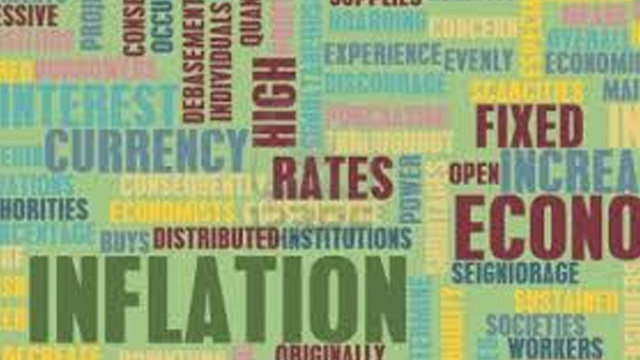If your earnings remain stagnant over the years, but inflation swells then your purchasing power falls drastically.
One can purchase 1 kg of sugar for Rs. 40 today. Ten years back, one could have purchased 2 kg of the same quality of sugar with Rs. 50. And 10 years in future, we will most likely have to spend Rs. 75 for 1 kg of the same quality of sugar. This implies your power to buy something or anything for a specific amount decreases as time moves forward. This decline in your buying power is because of the escalating price level of goods and services and this increase is called inflation.
So, if your earnings remain stagnant over the years, but inflation swells then your purchasing power falls drastically. So, when you talk of earnings, you must think of your ‘real income’, which is accustomed for the inflation aspect.
Keep in mind that inflation always grinds down the buying power of money. Thus, it is very important to keep in mind the rising inflation, when you draw your financial chart. Indeed, inflation should be the sole most vital point to be mulled over while planning for future.
Consider the following circumstances-
Retirement planning– You are 35 years old and wish to retire at the age of 55. Presently you are spending Rs 70,000 per month and if you hope to sustain the same standard of living after retirement, how much savings will you require at the time of retirement? Presumptuous inflation in costs at 7 percent per annum, both pre and post retirement, and an 8 percent return on your investments after retirement, you will require a retirement savings of Rs 8.07 crore to assist you reach your expenditures till you are 80-years-old. If inflation dips at 6 percent per annum, this sum will decrease to Rs 5.96 crore, which would be a vast difference of Rs 2.11 crore. That is how rising inflation plays a key role in your retirement plan.
Goal planning– Let’s presume you have a 10-year-old son and you hope to fly him overseas for higher education when she reaches 21. The present evaluated cost of such education amounts to Rs 20 lakh, so how much savings should you accrue by the end of 11 years to manage to fund your son’s education? For example, with a yearly inflation of 7 percent, you are required to have Rs 42 lakhs when your son grows 21 years old to be able to bear his education costs. But if this inflation rises to 9 percent, this amount shoots up to Rs 51.6 lakh. This is the hard hitting impact of inflation on education expenditure.
So after seeing the above examples one can make out that inflation play an exceptionally significant part in planning finances. However, it is not viable to establish precisely how inflation will be in future years but calculating the past trends and the current economic situation will help you to measure this roughly.
Another important area is your choice of investments citing the inflationary trends. You should invest in areas, which gets you higher returns, balanced with the inflation rate.
It is not just in equity instruments that you should invest. Equity, as all know, is a risky field, so one should not invest his/her complete savings in this. One can choose a mix of high quality debt instruments along with equity, to match the risk-return potential. Invest intelligently keeping in mind the inflation feature, which is the main element in financial planning.





